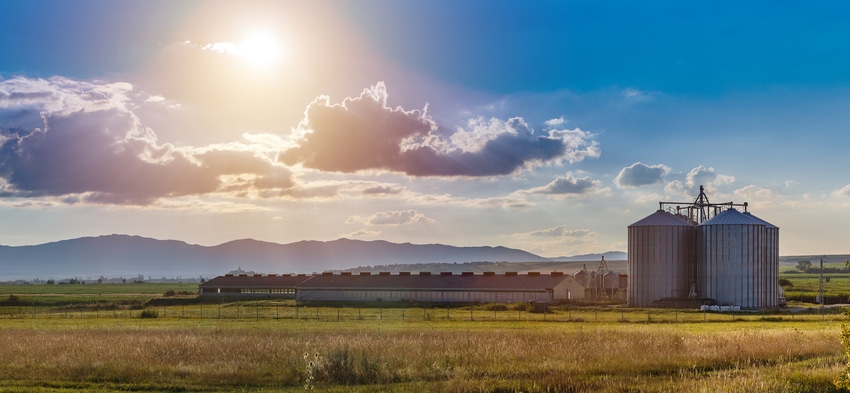
The National Air Emissions Monitoring Study (NAEMS) is back!
Last week, the U. S. Environmental Protection Agency (EPA) - after 15 years – suggested new draft air emission models for swine operations.
You may remember that in 2005 there was an agreement between the animal production industry and EPA. This was an effort to calculate the emissions of ammonia, hydrogen sulfide, particulate matter, and volatile organic compounds emitted from animal feeding operations producing swine, broiler chickens, egg-laying operations, and dairies.
In 2013, EPA’s Science Advisory Board (SAB) reviewed the original draft review models and determined it needed to be tinkered with. Members of USDA’s Agricultural Air Quality Task Force (AAQTF) ripped the EPA emission models; many thought that was the end of the project. Not so! NAEMS is back!
Meanwhile, environmental organizations filed petitions with EPA to regulate ammonia from animal feeding operations. Now EPA has produced a 431-page document which has an enormous amount of data and draft models to estimate daily and annual air emissions of the pollutants mentioned above from barns, manure lagoons, and basins on swine farms.
According to EPA, “The models characterize air emissions while drawing on information that producers already record or that is easily attainable, ensuring the models remain useful and easy-to-use for as many producers as possible.”
Activists’ end game
You can be assured these emission models will be used in future lawsuits attempting to halt the construction of hog operations. In the meantime, the hog or swine emission model has been published, and there will be future draft emission models for all animal sectors already mentioned.
Then, once again, EPA will release all of the draft models for public comment.
Policy impact
You can only imagine what a Biden EPA will do with the new set of emission models.
EPA says it expects “...the final models may be useful for general estimates of air emissions from swine operations across the United States for comparisons between operations in different regions.”
The new draft emission models for broilers, egg layers, and dairy operations will be released towards the end of 2020 and late 2021.
EPA’s draft document released last week claims it is an external draft for review purposes only and does not constitute U.S. environmental policy. The document lists the NAEMS monitoring sites and the agency’s emission-estimating methodology.
These sections of the draft document are worth reading (here).
There is also a section on development and selection of models for daily emissions which sets up model coefficient evaluation for ammonia, hydrogen sulfide, PM10 and PM2.5. EPA develops these models for daily emissions, breeding and gestation operations, and finishing operations.
There is also an interesting section on “Annual Emission Estimates and Model Uncertainty.” Under this section EPA states it developed “...an estimate of uncertainty for total annual emissions, characterized by the random error in the model prediction using an approach similar to Monte Carlo analysis.”
The agency finally noted that “...the uncertainty framework described above reflects the random uncertainty (error) in the prediction of daily emissions calculated using the EEMs [Emission-estimating methodology] which includes the random uncertainty in the measurements used to develop the equation. This framework does not, however consider systemic error (e.g.,bias) in either NAEMS measurements or the EEM.”
These emission models will be an issue for the foreseeable future for U.S. livestock production.
About the Author(s)
You May Also Like




